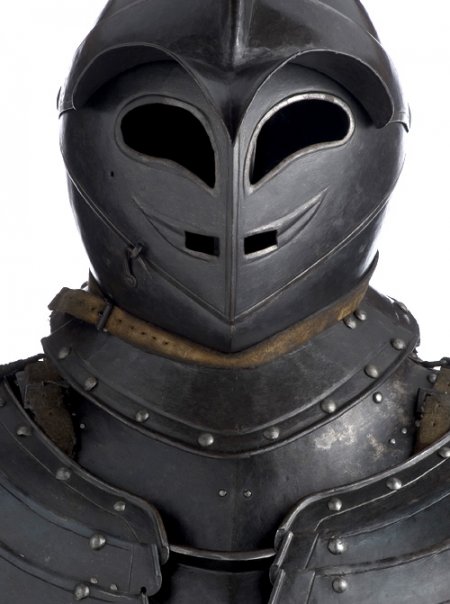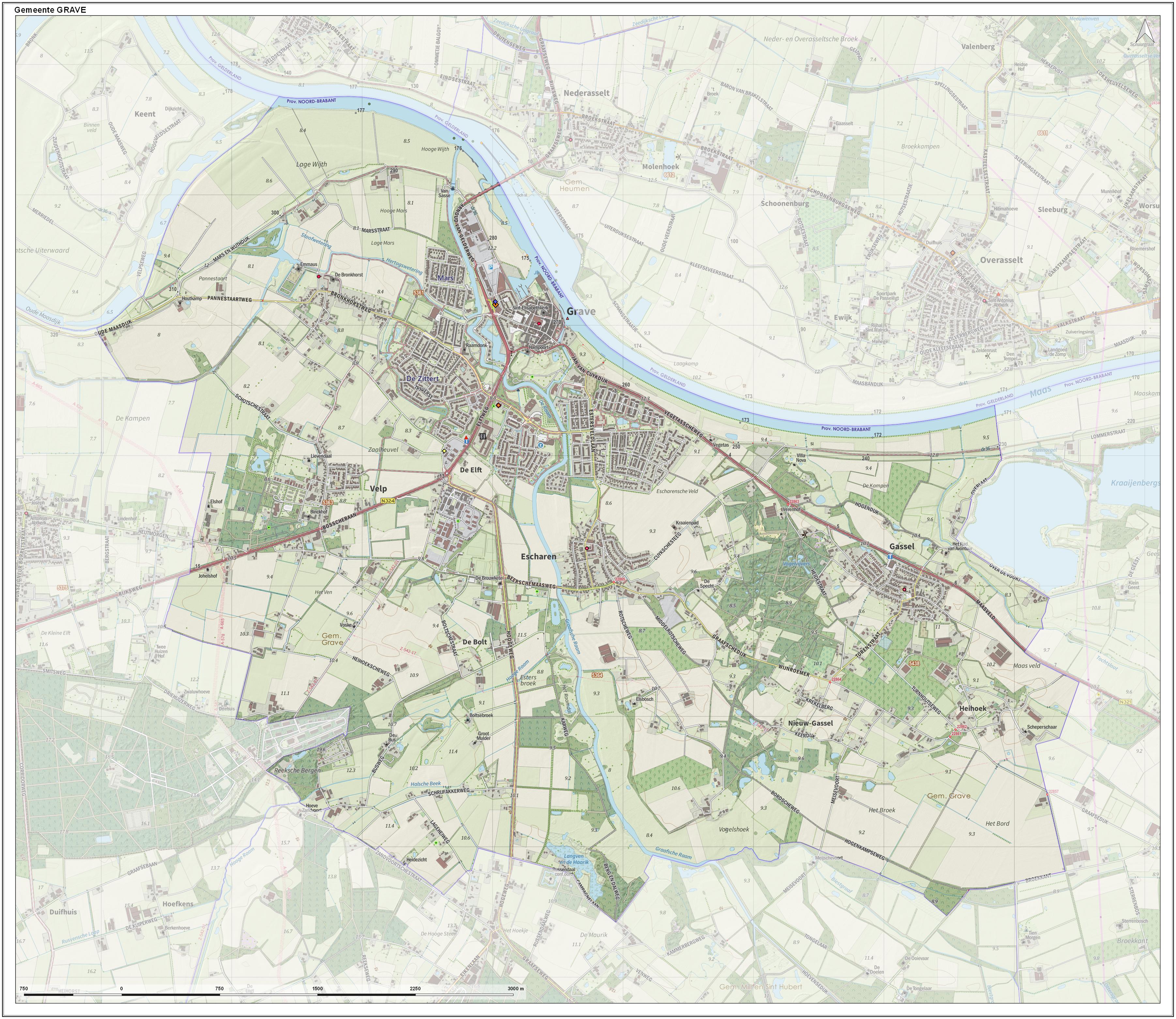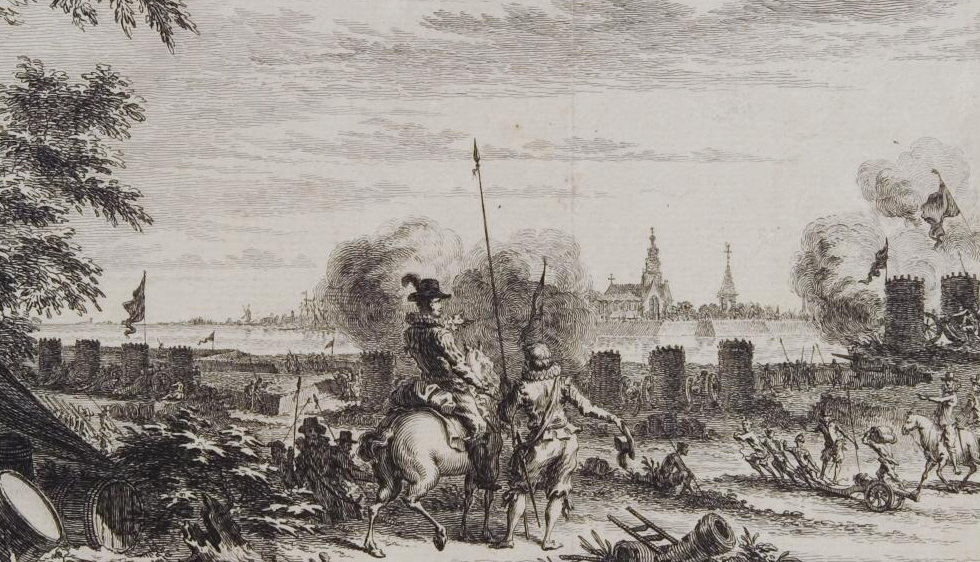|
List Of Battles 1601–1800
Early 17th century (1601–1650) * 1601 **Capture of Portobello (1601) 17 January – English expedition assaulted and took Portobello from the Spanish, acquired some booty and then sacked the place. ** Battle of Wenden (1601) 7 January – The battle is significant as the first encounter between Swedish reiters and Polish hussars. ** Battle of Kokenhausen 23 June – Was the battle opening the Polish–Swedish War (1600–1611) ** Siege of Rheinberg (1601), Siege of Rheinberg 12 June – 2 August – Was the siege of the towns of Rheinberg and Meurs, Rheinberg eventually capitulated on 28 July after a Spanish relief force failed to relieve the city. The town of Meurs surrendered 2 August ** Siege of Ostend 5 July – 20 September 1604 was a three-year siege of the city of Ostend during the Eighty Years' War and the Anglo–Spanish War. ** Battle of Guruslău 3 August – Between the Wallachia, Habsburg Monarchy, & Cossacks against Principality of Transylvania & Moldavia. Wall ... [...More Info...] [...Related Items...] OR: [Wikipedia] [Google] [Baidu] |
Capture Of Portobello (1601)
The Capture of Portobello was a military event during the Anglo–Spanish War in which an English expedition under the command of William Parker assaulted and took Portobello from the Spanish, acquired some booty, and then sacked the place.Chartrand p.30 Capture Background The war with Spain was continuing and English privateers were still roaming the Spanish American empire for prizes and attacking ports. In November 1600 English privateer William Parker sailed from Plymouth, England in command of a modest venture consisting of the 100-ton ''Prudence'', the 60-ton ''Pearl'' commanded by Robert Rawlins, a pinnace, and two shallops with crew in all numbering 200 men. At Cubagua they were offered a ransom in exchange for a number of pearl boats they had seized. Near Cabo de le Veda they captured a Portuguese slaving ship. Parker next guided what was now a flotilla of 6 ships to the east of a recently abandoned Nombre de Dios and approached Portobello in pinnaces and shallops with ... [...More Info...] [...Related Items...] OR: [Wikipedia] [Google] [Baidu] |
Siege Of Kinsale
The siege of Kinsale, or Battle of Kinsale ( ga, Léigear/Cath Chionn tSáile), was the ultimate battle in England's conquest of Gaelic Ireland, commencing in October 1601, near the end of the reign of Queen Elizabeth I, and at the climax of the Nine Years' War—a campaign by Hugh O'Neill, Hugh Roe O'Donnell and other Irish lords against English rule. Owing to Spanish involvement, and the strategic advantages to be gained, the battle also formed part of the Anglo-Spanish War, the wider conflict of Protestant England against Catholic Spain. Background Ireland had been claimed as a lordship by the English Crown since 1175 but had never been fully subjected. By the 1350s, England's sphere of influence had shrunk to the Pale, the area around Dublin, with the rest of the country under the rule of Gaelic lords. The Tudor monarchs, beginning with Henry VIII, attempted to reassert their authority in Ireland with a policy of conquest and colonisation. In 1594, forces in Ulster un ... [...More Info...] [...Related Items...] OR: [Wikipedia] [Google] [Baidu] |
Battle Of Glen Fruin
The Battle of Glen Fruin was a Scottish clan battle fought on 7 February 1603 between the Clan Gregor and its allies on one side, and the Clan Colquhoun and its allies on the other. The Clan Gregor (or MacGregor) and Clan Colquhoun were at feud due to the MacGregors carrying out raids on the Colquhoun's lands. The Colquhouns gained royal support and raised an army against the MacGregors. However, during the subsequent battle of Glen Fruin, the Colquhouns were comprehensively defeated. Glen Fruin is in the Loch Lomond area, in the county of Dunbartonshire, Scotland. In the aftermath of the battle royal policy punished the MacGregors for 150 years. Background Archibald Campbell, 7th Earl of Argyll, was responsible for keeping the Clan Gregor under restraint and in January 1593 he had received a commission to charge all those of the surname MacGregor for not keeping the peace. On 5 March 1594 he became bound so that he should keep himself and all those answerable to him to keep hi ... [...More Info...] [...Related Items...] OR: [Wikipedia] [Google] [Baidu] |
L'Escalade
''L'Escalade'', or ''Fête de l'Escalade'' (from escalade, the act of scaling defensive walls), is an annual festival in Geneva, Switzerland, held each December commemorating the defeat of an attempt to conquer the Protestant city-state by the Catholic Duchy of Savoy in 1602. The celebrations and other commemorative activities are usually held on 12 December or the closest weekend. Savoyard troops sent by Charles Emmanuel I, Duke of Savoy attempted a surprise attack during the night of 11–12 December 1602, but were repulsed by the Genevese defenders. According to legend, this was possible thanks to individual acts of bravery by Genevese citizens, notably by local resident Catherine Cheynel (also known as ''la Mère Royaume''), who dumped boiling vegetable soup on the invaders and alerted the townsfolk. Background For years, the duke coveted the wealth of Geneva. When Charles Emmanuel came to the throne of the House of Savoy in 1580, he aimed to make Geneva his capital north ... [...More Info...] [...Related Items...] OR: [Wikipedia] [Google] [Baidu] |
Battle Of The Narrow Seas
The Battle of the Narrow Seas, also known as the Battle of the Goodwin Sands or Battle of the Dover Straits was a naval engagement that took place on 3–4 October 1602 during the Anglo-Spanish War of 1585 and part of the Dutch Revolt. An English fleet under Sir Robert Mansell intercepted and attacked six Spanish galleys under the command of Federico Spinola in the Dover Straits. The battle was fought initially off the coast of England and finally off the Spanish Netherlands. The English were soon joined by a Dutch fleet under Jan Adriaanszoon Cant, and they completed the destruction.Jaques p. 714 Background In 1602 Frederico Spinola, younger brother of Ambrogio Spinola, had distinguished himself greatly as a soldier in the Army of Flanders and had succeeded in 1599 going through the English Channel passing the straits of Dover unmolested; this led to a panic called the '' Invisible armada'' as it encouraged suspicions that the attempt might be renewed and on a larger scale. ... [...More Info...] [...Related Items...] OR: [Wikipedia] [Google] [Baidu] |
Grave, Netherlands
Grave (; formerly ''De Graaf'') is a city and former municipality in the Dutch province of North Brabant. The former municipality had a population of in . Grave is a member of the Dutch Association of Fortified Cities. The former municipality included the following towns : Grave (capital), Velp, Escharen and Gassel. Grave, Boxmeer, Cuijk, Mill en Sint Hubert, and Sint Anthonis merged into the new municipality of Land van Cuijk on 1 January 2022. History Grave received city rights in 1233. The former municipality of Grave was formed in the Napoleonic era (1810) and coincided with the fortified Grave and immediate surroundings. The history of the town was thus linked to that of the place. This changed in 1942. Then there was a reclassification place where the municipality Grave was expanded with the previously independent municipalities Velp and Escharen. Moreover, in 1994 the neighboring municipality of Beers was abolished and a part thereof, the parish Gassel, wa ... [...More Info...] [...Related Items...] OR: [Wikipedia] [Google] [Baidu] |
Siege Of Grave (1602)
The siege of Grave was a siege that took place between 18 July to 20 September 1602, as part of the Eighty Years' War and the Anglo–Spanish War. The Spanish-held city of Grave was besieged by a Dutch and English army led by Maurice of Orange and Francis Vere respectively.Markham pp. 338–339 After a siege of nearly two months the city surrendered when a Spanish relief army under Francisco de Mendoza was defeated just outside the city by the besiegers.Wernham pp. 411–412Dalton pp. 93–97 The defeat was severe enough to cause a major mutiny in the Spanish army.Duerloo p. 130 Background Prince Maurice of Orange had been actively campaigning against the Spanish armies in the Southern Netherlands and had successfully made sure that Ostend then under siege by Albert of Austria would be a key distraction while he took the rest of the Spanish garrisons that were still in the Republic.Borman pp. 230–232 Maurice in his first objective successfully besieged and took Rheinberg, ... [...More Info...] [...Related Items...] OR: [Wikipedia] [Google] [Baidu] |
Siege Of Dunboy
The siege of Dunboy took place at Dunboy Castle between 5 June and 18 June 1602, during the Nine Years' War in Ireland. It was one of the last battles of the war. An English army of up to 5,000 under Sir George Carew besieged the castle, which was held by a Gaelic Irish force of 143 loyal to Donal Cam O'Sullivan Beare. The English took the castle after eleven days and hung the majority of captured prisoners. The English also captured a fort on nearby Dursey Island. Background Dunboy Castle is near the town of Castletownbere, on the Beara Peninsula in south-western Ireland. It was a stone tower house, built to control and defend the harbour of Bearhaven, which was a stronghold of Donal Cam O'Sullivan Beare, a Gaelic leader and the 'Chief of Dunboy'. O'Sullivan was part of an alliance of Gaelic leaders who had taken up arms against the English government in Ireland. He was helped by King Philip III of Spain, who sent an invasion force to Kinsale under the command of Do ... [...More Info...] [...Related Items...] OR: [Wikipedia] [Google] [Baidu] |
Battle Of Reval (1602)
The Battle of Reval took place on June 30, 1602, during the Polish–Swedish War (1600–1611) near present-day Tallinn in Estonia. The Polish forces were led by Grand Field Hetman Stanisław Żółkiewski who had been sent against Swedish forces gathering by Tallinn by Grand Crown Hetman Jan Zamoyski. Żółkiewski attacked "on the march" with two squadrons of Polish hussars The Polish hussars (; pl, husaria ), alternatively known as the winged hussars, were a heavy cavalry formation active in Poland and in the Polish–Lithuanian Commonwealth from 1503 to 1702. Their epithet is derived from large rear wings, which .... The charge however was not successful. As a result, the Swedish forces put up frisian horses as a protection against further frontal cavalry charges. Żółkiewski then sent light cavalry on a round about flanking maneuver which attacked the Swedes from behind, coinciding with another charge by the hussars. The Swedish lines broke as a result. The Swedes w ... [...More Info...] [...Related Items...] OR: [Wikipedia] [Google] [Baidu] |
Battle Of Sesimbra Bay
The Battle of Sesimbra Bay was a naval engagement that took place on 3 June 1602, during the Anglo-Spanish War. It was fought off the coast of Portugal (then within the Iberian Union) between an English naval expeditionary force sent out with orders by Queen Elizabeth I to prevent any further Spanish incursions against Ireland or England itself. The English force under Richard Leveson and William Monson met a fleet of Spanish galleys and a large carrack at Sesimbra Bay commanded by Álvaro de Bazán and Federico Spinola. The English were victorious in battle, sinking two galleys, forced the rest to retreat, neutralized the fort, and captured the carrack in what was the last expedition to be sent to Spain by orders of the Queen before her death the following year.Kirsch, p. 63. Background In order to prevent another Spanish invasion of Ireland, Queen Elizabeth I decided to fit out another fleet. Sir Richard Leveson was chosen for this command as he had defeated the Spanish u ... [...More Info...] [...Related Items...] OR: [Wikipedia] [Google] [Baidu] |
Burning Of Dungannon
The Burning of Dungannon took place in June 1602 when Hugh O'Neill, Earl of Tyrone, abandoned and set fire to Dungannon, the traditional capital of the O'Neills. It marked the beginning of the final stage of Tyrone's Rebellion when the Earl became a fugitive, before his sudden reprieve the following year. Following the defeat of his army at the 1601 Battle of Kinsale, Tyrone retreated into his heartland in County Tyrone, Ulster. Courted by the Crown, many of his allied Gaelic lords now changed sides, which turned much of the local population against him. Tyrone was faced with a three-pronged pincer movement with separate forces under Henry Docwra, Arthur Chichester, and Lord Mountjoy advancing on him from Derry, Carrickfergus, and Dundalk respectively. A major tactic of Tyrone's had been to avoid fighting pitched battles, preferring to retreat and ambush. He therefore decided to abandon the town and gave orders to torch it. Soon after his cousin and enemy, Conn MacShane O ... [...More Info...] [...Related Items...] OR: [Wikipedia] [Google] [Baidu] |
Siege Of Weissenstein
The siege of Weissenstein took place between 31 May and 30 September 1602, during the Polish–Swedish War (1600–11). Two weeks after the capture of Fellin, Grand Crown Hetman Jan Zamoyski led the Polish-Lithuanian army of 2,000 troops to besiege Weissenstein (now known as Paide in Estonia). Weissenstein, a major transportation hub in Estonia, was a site of strategic importance to both Poland and Sweden. Located among the marshes and built during the Teutonic period, the castle had strong artillery and was defended by 700 soldiers, local peasants, and townspeople. Weissenstein was a walled city with 30-meter towers at the corners and high bastions, and thus presented the attacking force with a significant barrier to success, even with siege works. A difficult siege The Polish army began by blockading the fortress. Because the Swedish army was getting relief from Reval, the Poles sent Stanisław Żółkiewski there. The defeat of the Swedes at the Battle of Reval The ... [...More Info...] [...Related Items...] OR: [Wikipedia] [Google] [Baidu] |





.jpg)